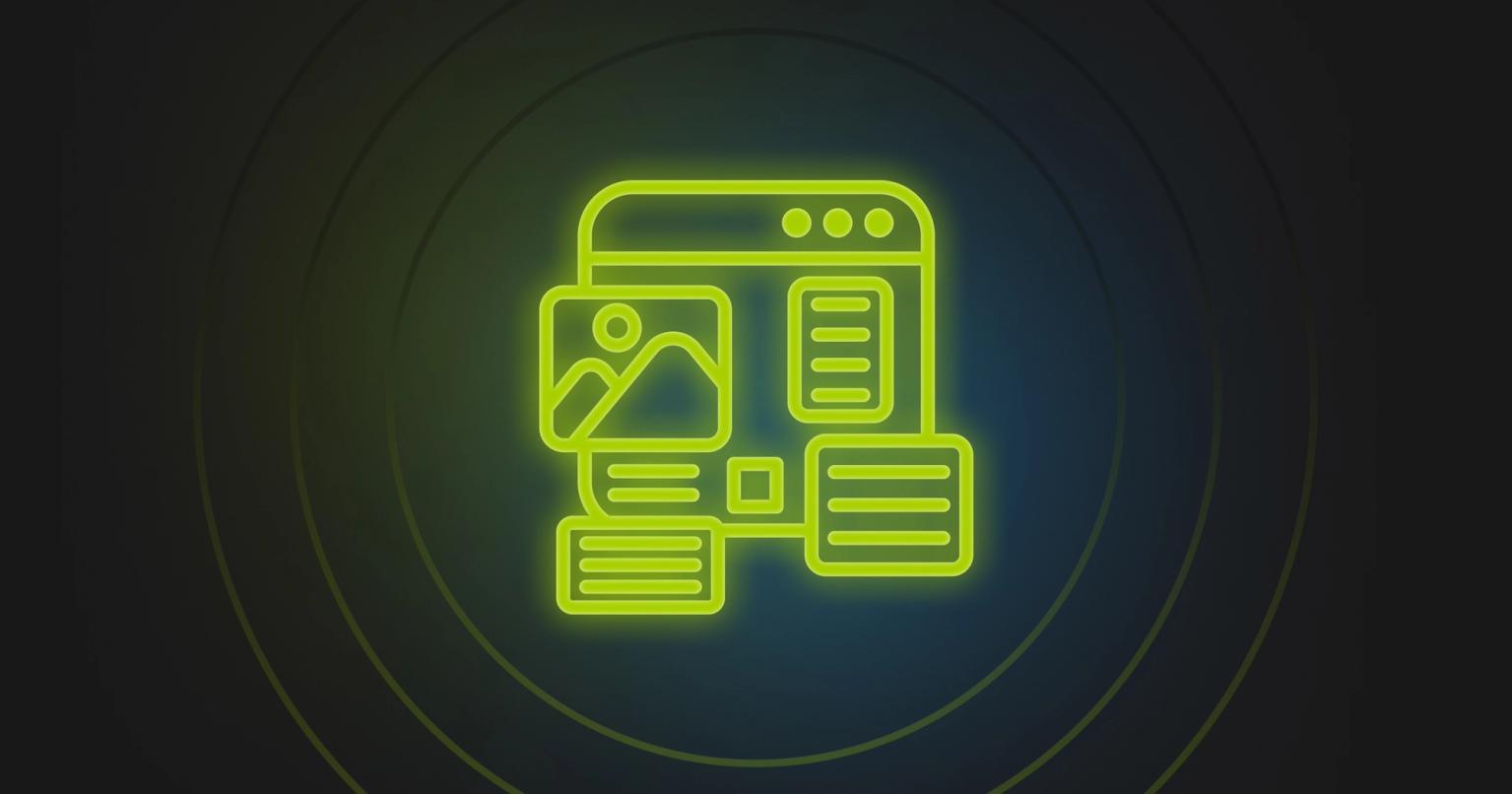A Candid Conversation: The Pitfalls of Image-Only Emails

This question was posed to me the other day… I thought there might be some value in sharing my response.
Question:
Could you provide some insight into why emails that are image-only aren’t a great idea? For context, I’ve been getting a lot of emails recently from [not going to throw any company under the bus here] and they all seem to be images pasted together. What’s best practice with this?
My Answer:
Look, having lots of beautiful imagery in an email is great - encouraged even. But if we’re talking about the entire email being composed of only images, as if someone took a screenshot of their template mockup and pasted it into an email, or if there is text in the images that is critical to the overall message of the email, that’s where you start to run into issues.
The biggest of these issues is that…
Not all email clients automatically load images.
Not all email clients automatically load images - some won’t load until the user manually allows them to. So imagine if the entire email is ONLY images… The recipient gets hooked on your amazing subject line only to open the message and see nothing immediately there to consume.
Not ideal, right?
This particular scenario is a lot more prevalent in b2b when sending to organizations that set up security restrictions and spam filters.
Beyond that though, there are a number of other issues that can come hand-in-hand with image-only emails and emails that rely on images to host text.
High image to text ratio can trigger spam filters.
If the image to text ratio is beyond about 30-40% (more than 30% of the email content is images) it will most likely trigger spam filters.
Images with a large file size will take longer to load.
With attention spans getting shorter, slow loading = less engagement = lower CTR.
Images aren’t responsive.
When text is baked into an image, the text won’t resize or re-align to suit differing screen sizes and orientations.
The same goes for other design elements included in the images. A static image can only become larger or smaller, not automatically realign and adjust its design elements to accommodate the screen the email is being viewed on.
Images don't automatically adjust for light mode and dark mode.
Some logos might have part of the image background inverted but in general the text in images won't be updating, so you are not respecting your recipients light mode/dark mode settings.
Images are harder to edit and update.
Want to make an edit to that image? You’ll have to go into an image editing tool and play around there. Marketers can handle building in Knak, but if your entire email is just images then they’ll need to get their graphic designers involved to make even the smallest changes on the image itself.
Screen readers have a difficult time reading the text in images unless included in its alt-text.
Your alt-text needs to match with what is written in the image or your emails won't be accessible to the visually impaired.
Image-heavy emails have a higher CDN cost.
Because it takes more bandwidth to serve images than it does to serve text+html+css with only a few images, image-heavy emails have a higher CDN cost. More bandwidth needed to serve all email images = more money per-open.
A picture is worth a thousand words, but what if the picture doesn’t download?
Outlook has a setting that allows recipients to not download images by default. This feature is pretty widely used, so in the case where an email is relying on imagery to display the main text or the entirety of the content itself… recipients might be opening up a big box of nothing.
Images with baked-in text aren't translatable.
From a creation standpoint, if a marketer wants to be able to reuse content and translate it (and possibly have AI be able to read and reuse it), live text is the only way to do this.
Some people only receive plain-text / text-only emails.
Some companies and individuals are set up to solely receive text-only emails. As such, it’s a best practice to be able to send a text-only email as a fallback to an HTML or image-only email. Especially in highly-regulated environments with strict compliance requirements, you need to ensure your message is available in text. Knak can help build these text-only fallback emails too.
All this to say…
It's not that image-heavy emails are bad; using imagery and building emails with big, beautiful pictures is great. What I would caution you against, though, is to build emails completely composed of images or emails that rely entirely on images to convey the bulk of your message.
Use images with intention and be sure that, if all the image files were stripped from your email, recipients would be getting roughly the same message as they would be with the image files.












